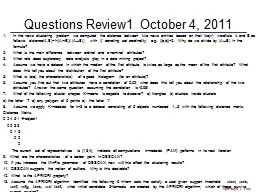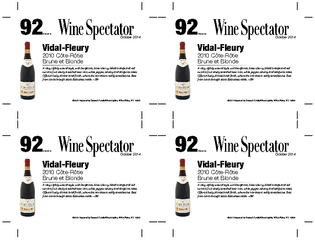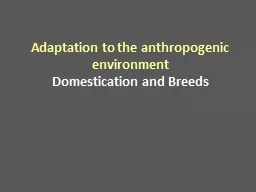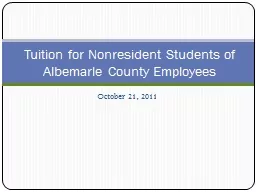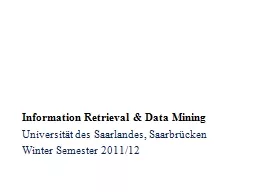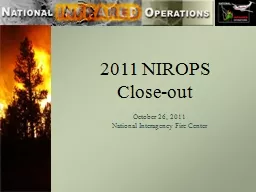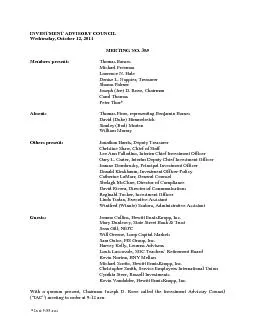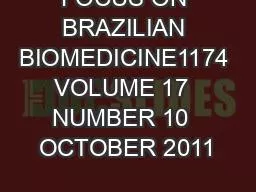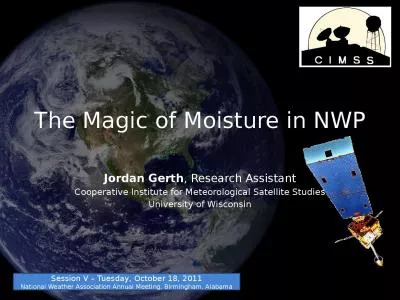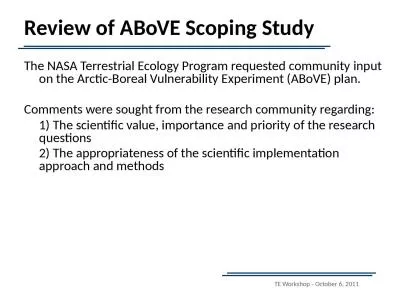PPT-Questions Review1 October 4, 2011
Author : lois-ondreau | Published Date : 2015-10-21
In the news clustering problem we computed the distance between two news entities based on their key wordlists A and B as follows distanceAB1A BAB with denoting
Presentation Embed Code
Download Presentation
Download Presentation The PPT/PDF document "Questions Review1 October 4, 2011" is the property of its rightful owner. Permission is granted to download and print the materials on this website for personal, non-commercial use only, and to display it on your personal computer provided you do not modify the materials and that you retain all copyright notices contained in the materials. By downloading content from our website, you accept the terms of this agreement.
Questions Review1 October 4, 2011: Transcript
Download Rules Of Document
"Questions Review1 October 4, 2011"The content belongs to its owner. You may download and print it for personal use, without modification, and keep all copyright notices. By downloading, you agree to these terms.
Related Documents

